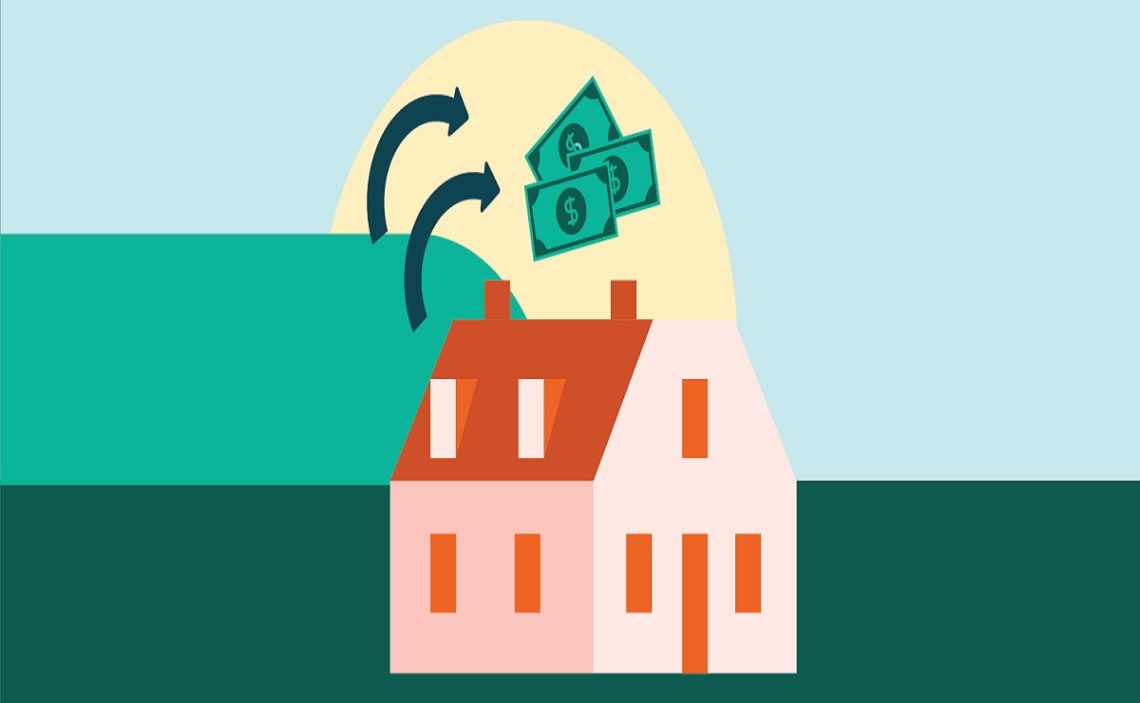For several years now, refinancing has become increasingly popular among people who are going through a mortgage. Such is the case that more and more research is being done daily.
Refinancings can be divided into several types; if refinancing can only give you a little more money in addition to what is owed on your mortgage, it is considered a limited refinancing.
What does a limited refinancing refer to?
Limited refinancings are responsible for eliminating an old mortgage and replacing it with a new one that only slightly increases the amount owed. In other words, limited refinancings will only give you a little more money for the remainder of your mortgage balance.
It reduces the possibility of paying loan closing costs at closing, and the higher amount is spread out over the life of the loan.
Unlike ordinary refinancing, this one does not offer high amounts of money in addition to what you will be given to pay off your mortgage. Sometimes, they will only give you 2% of the new loan.
If you did a limited refinances to pay off the $100,000 that was missing on your mortgage, you would only get an extra $2,000. Giving you a total refinancing amount of $102,000.
Situations in which you could use limited cash-out refinancing
Using limited cash-out refinancing will allow you to obtain multiple benefits without going into large-scale debt with a lender where you will have to spend your whole life paying them.
It is a good option if you intend to increase the loan amounts to cover all the closing costs. You will have extra money for the closing, and then you can calmly continue to pay the new loan.
You can also use them to pay other outstanding debts, add them to your savings account, and change or renovate some not-so-expensive things in your home.
Or if you need a refinance, but your home equity is too low, and you can’t get a regular refinance.
What limited refinance programs are there?
Depending on your case, you may be able to choose several programs tailored to your requirements, and you can get the best program for you.
Conventional rate and term
This type of financing requires a high yield because it is one of the best. Requesting a DTI ratio of 50% maximum; above that, you will not be qualified for the program. It also requires an LTV ratio of no more than 97% and a credit score of no less than 620.
FHA Rate and Term
The DTI ratio must not exceed 43%, and the LTV ratio cannot exceed 97.75 to ensure that the recipient of the limited refinance can repay.
A minimum credit score of at least 580 points will also be required to qualify for the program.
VA rate and term
The VA rate and term are considered the best DTI ratio required, with a maximum rate of 41% and an LTV ratio of 100%. Although it does not require a minimum credit percentage, the VA program is one of the largest lenders.
What are the disadvantages of limited refinancing?
Although it is considered a good refinancing system, it is not perfect. You can use it at specific times to improve your situation. In addition, you must have at least 50% of your mortgage already paid off.
But really, the worst problem is the closing costs, which can often contain different payment costs and attachments.


